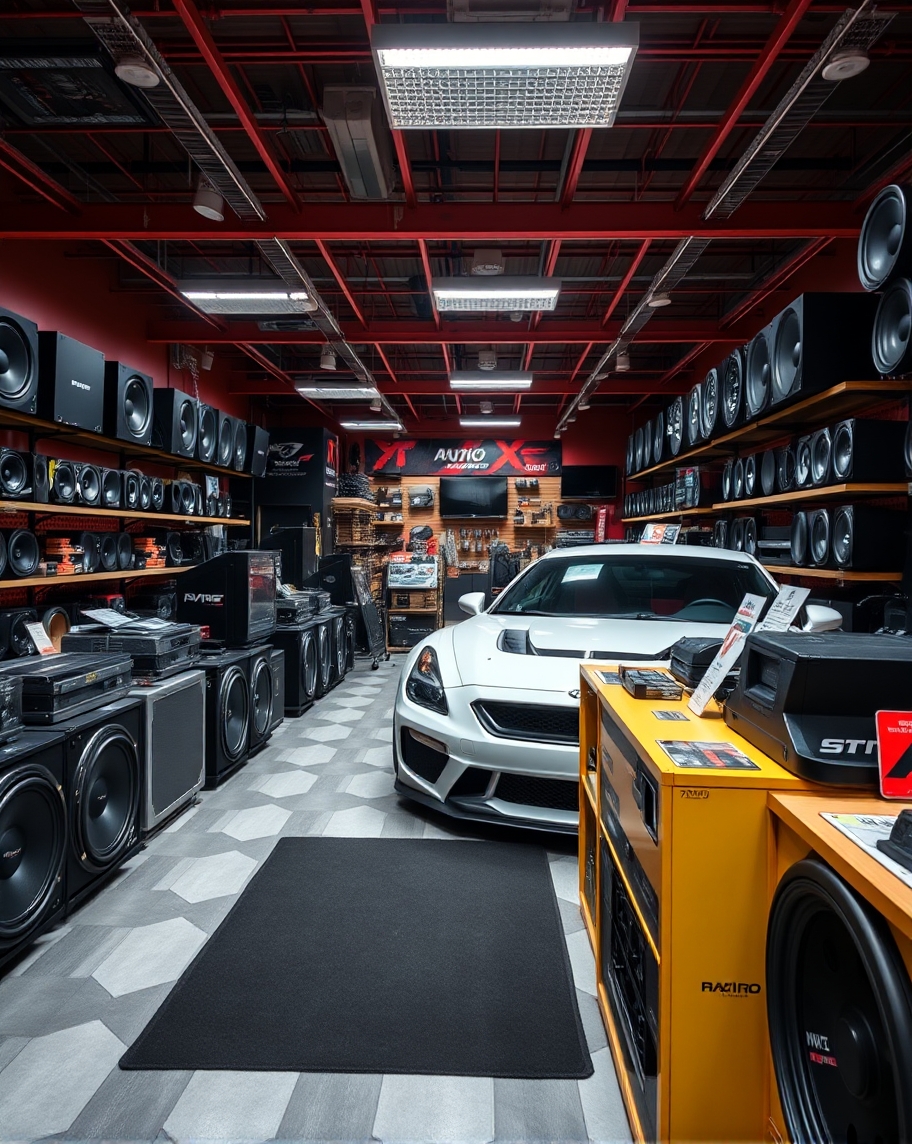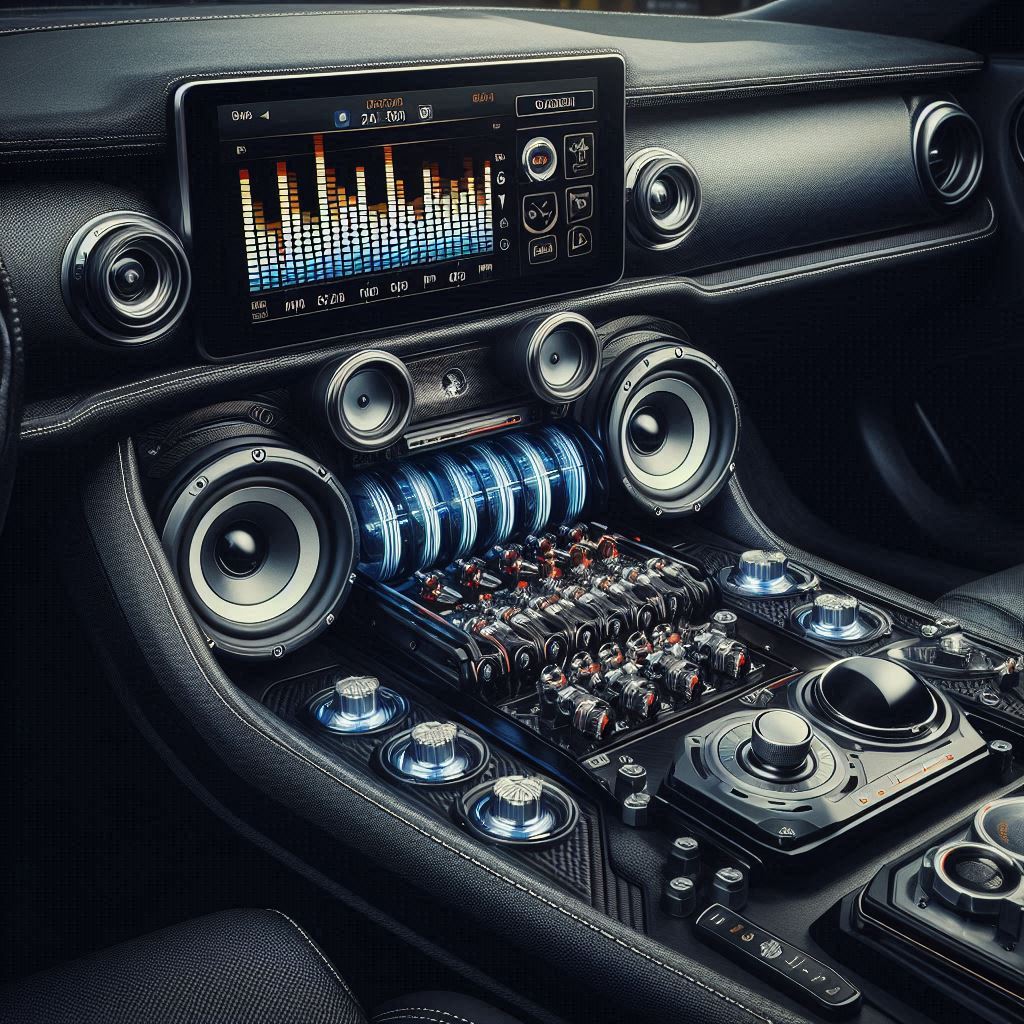Figuring out how to upgrade your car’s sound system without feeling the pinch starts with smart planning. You don’t need to blow your entire budget to get a noticeable upgrade. Set realistic goals for your sound system improvement. Whether you’re looking for better bass, clearer highs, or a more balanced sound overall, defining what you want is key. Know your priorities.
The head unit is the heart of your sound system, the speakers are the voice, and the amplifier and subwoofer are the muscle. Focus on the head unit first; it’s often underrated but can drastically improve sound quality. Next, look at your speakers since they’re the primary carriers of sound. If there’s room in the budget, toss in an amplifier to boost your audio signal and a subwoofer for that deep bass.
Budgeting doesn’t mean skimping. Think value. Make a list of what you need, what you’d like, and what you can live without. This will help you allocate your funds effectively. Keep an eye out for deals and discounts, both online and in stores. Sometimes, older models can offer great quality at a lower price point, allowing you to stretch your dollar further.
To DIY or not to DIY, that is the question. Doing it yourself can save a ton, but it’s not for everyone. Weigh the pros and cons. If you’re handy with tools and have a knack for these things, go for it. There are plenty of online tutorials to guide you. However, if the wiring diagrams look like a foreign language, it might be worth spending a bit to have a professional handle the installation. In the long run, it can save you a lot of headaches—and potentially money, if you avoid making costly mistakes.
Choosing Affordable, High-Quality Components
Finding good quality without blowing your budget is totally doable. Start researching reputable brands that offer affordable options. Not every awesome piece of gear needs a hefty price tag. With a little digging, you can find components that strike the perfect balance between cost and performance.
Understanding the specs of different components makes a huge difference. When it comes to head units, check features like Bluetooth connectivity, preamp output, and RCA outputs. For speakers, look at sensitivity, power handling, and frequency response. Amplifiers and subwoofers also have their key specs. Familiarize yourself with what these mean and how they impact your sound quality.
Scouring the second-hand market can yield some hidden gems. Look for lightly used gear from reliable sellers. Some folks swap out components frequently, so you can snag practically new items for a fraction of the original cost. Just be cautious and ensure what you’re buying is in tip-top shape.
Hunting for deals is an art form. Online marketplaces, local electronics stores, and car audio shops often have sales and clearances. Sign up for newsletters to stay in the loop on discounts. Compare prices across different retailers and don’t hesitate to negotiate. Sometimes, just asking for a lower price can score you a better deal.
Installation Tips and Tricks for Cost-Efficiency
Getting the installation right can make a huge difference in how your sound system performs. You’ll need some basic tools: screwdrivers, wire strippers, electrical tape, and a panel removal tool. If you’re missing any, borrowing from a friend or renting is a good cost-saving move.
A step-by-step guide helps keep things organized. Start by disconnecting the car battery to avoid any electrical mishaps. Remove the panels to access the wiring and carefully install the new head unit. Make sure it’s securely in place. Next, focus on the speakers: remove the old ones, and fit the new ones in carefully to avoid damaging the door panels. If you’re adding an amplifier or subwoofer, follow the wiring diagrams precisely—incorrect wiring can lead to poor performance or damage.
Avoid common DIY mistakes to save both time and money. Double-check your wiring connections to make sure everything is snug. It’s easy to overlook something small that can cause big issues later, like loose connectors or misaligned wires. Take your time with the installation process; rushing can lead to errors.
Sometimes professional help is the way to go, especially for tricky installations. If you decide to seek professional services, ask for quotes from multiple places and check reviews to ensure you’re getting good value for your money. Finding an affordable yet reliable service can save you a lot of hassle.



Thanks for the article which clearly explains the steps to follow when installing a new sound system to a car. Starting with the head, then the speakers and subwoofer. Getting the wiring right is imperative to ensure the best quality sound. The advice on how to get quality components cheaper was also useful. Last of all using a professional if you’re unsure. This is what I would have to do.
Thank you Lyn, I am glad you found this informative and helpful. The DIY person Hopefully finds enough information here to help install an great system as well. Even myself being a person who loves do do thing myself find professional advice helpful as well, I am never afraid to ask for help. Also we need to keep in mind that cheaper is not always better hence advice form a professional is a great start!